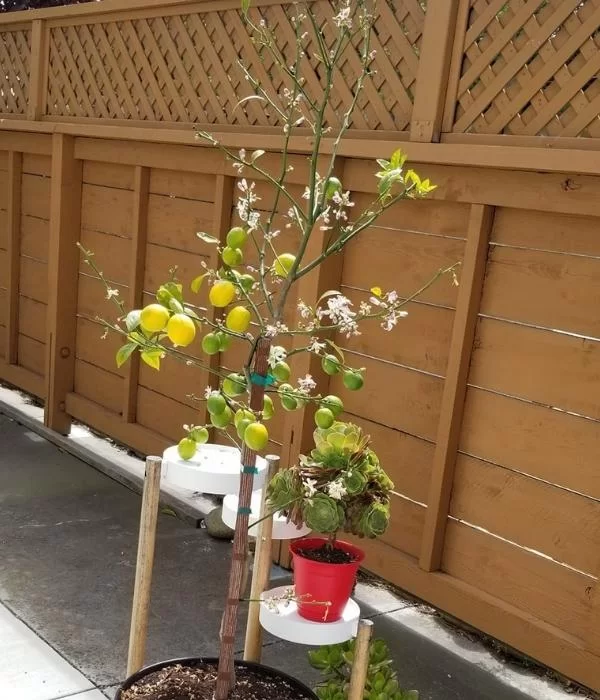Adorned by Nature – The Elegance and Diversity of Utah’s Planting Zone
Nestled within the heart of the American West, Utah’s diverse landscapes boast a remarkable array of flora that thrives within its distinct planting zones. From the towering peaks of the Wasatch Range to the vast expanse of the Great Salt Lake Desert, Utah’s diverse climate and geography have fostered an intricate tapestry of plant life, each species adapted to its specific environment. The state’s three main planting zones the Rocky Mountain, Intermountain, and Desert zones – paint a vibrant picture of nature’s resilience and beauty. The Rocky Mountain planting zone, gracing the northeastern part of the state, features a rugged terrain dominated by towering mountains and lush valleys. Punctuated by aspen groves, evergreen forests, and vibrant wildflowers, this zone reflects the stunning seasonal transitions of Utah’s high country. Iconic species like the quaking aspen, Englemann spruce, and lodgepole pine dominate the landscape, showcasing their adaptability to the region’s cool temperatures and considerable altitude. Moving westward, the Intermountain planting zone encompasses a varied landscape that includes the Great Salt Lake, fertile valleys, and arid plateaus.
 This diverse environment hosts a blend of native and non-native species that have managed to thrive despite the zone’s erratic temperature fluctuations and limited water resources. The Utah juniper and big sagebrush are emblematic of the Intermountain region, demonstrating nature’s ability to create harmony in even the most challenging conditions. Perhaps the most captivating of Utah’s planting zones is the Desert zone, encompassing the southern part of the state. what zone is utah for plants The iconic red rock formations and sweeping sand dunes create a unique backdrop for plant life that has ingeniously adapted to harsh aridity. Species like the Joshua tree, yucca, and prickly pear cactus have evolved remarkable strategies for water conservation, with their drought-resistant features making them a symbol of nature’s tenacity. Utah’s planting zones serve as a testament to the intricate balance between nature and adaptation. The state’s diverse geography and varying elevations have led to the development of an ecosystem that is both resilient and beautiful. However, this delicate equilibrium is not without its challenges.
This diverse environment hosts a blend of native and non-native species that have managed to thrive despite the zone’s erratic temperature fluctuations and limited water resources. The Utah juniper and big sagebrush are emblematic of the Intermountain region, demonstrating nature’s ability to create harmony in even the most challenging conditions. Perhaps the most captivating of Utah’s planting zones is the Desert zone, encompassing the southern part of the state. what zone is utah for plants The iconic red rock formations and sweeping sand dunes create a unique backdrop for plant life that has ingeniously adapted to harsh aridity. Species like the Joshua tree, yucca, and prickly pear cactus have evolved remarkable strategies for water conservation, with their drought-resistant features making them a symbol of nature’s tenacity. Utah’s planting zones serve as a testament to the intricate balance between nature and adaptation. The state’s diverse geography and varying elevations have led to the development of an ecosystem that is both resilient and beautiful. However, this delicate equilibrium is not without its challenges.
Human activity, invasive species, and climate change pose threats to the delicate balance that these planting zones have achieved over centuries. Efforts to preserve Utah’s natural beauty and diversity are essential to ensuring that future generations can continue to marvel at the elegance of its planting zones. Conservation initiatives, native plant gardening, and sustainable land management practices are crucial steps toward maintaining the integrity of these zones. By understanding the unique needs of each planting zone and the flora that inhabit them, it becomes possible to strike a harmonious relationship between development and preservation. From the rugged heights of the mountains to the arid expanses of the desert, each zone showcases a diverse array of plant life that has evolved to thrive in its particular environment. The delicate balance that characterizes these zones is a reminder of the intricate relationship between nature and adaptation. Preserving this balance requires a concerted effort to understand, appreciate, and safeguard Utah’s natural treasures, ensuring that its planting zones remain a source of awe and inspiration for generations to come.